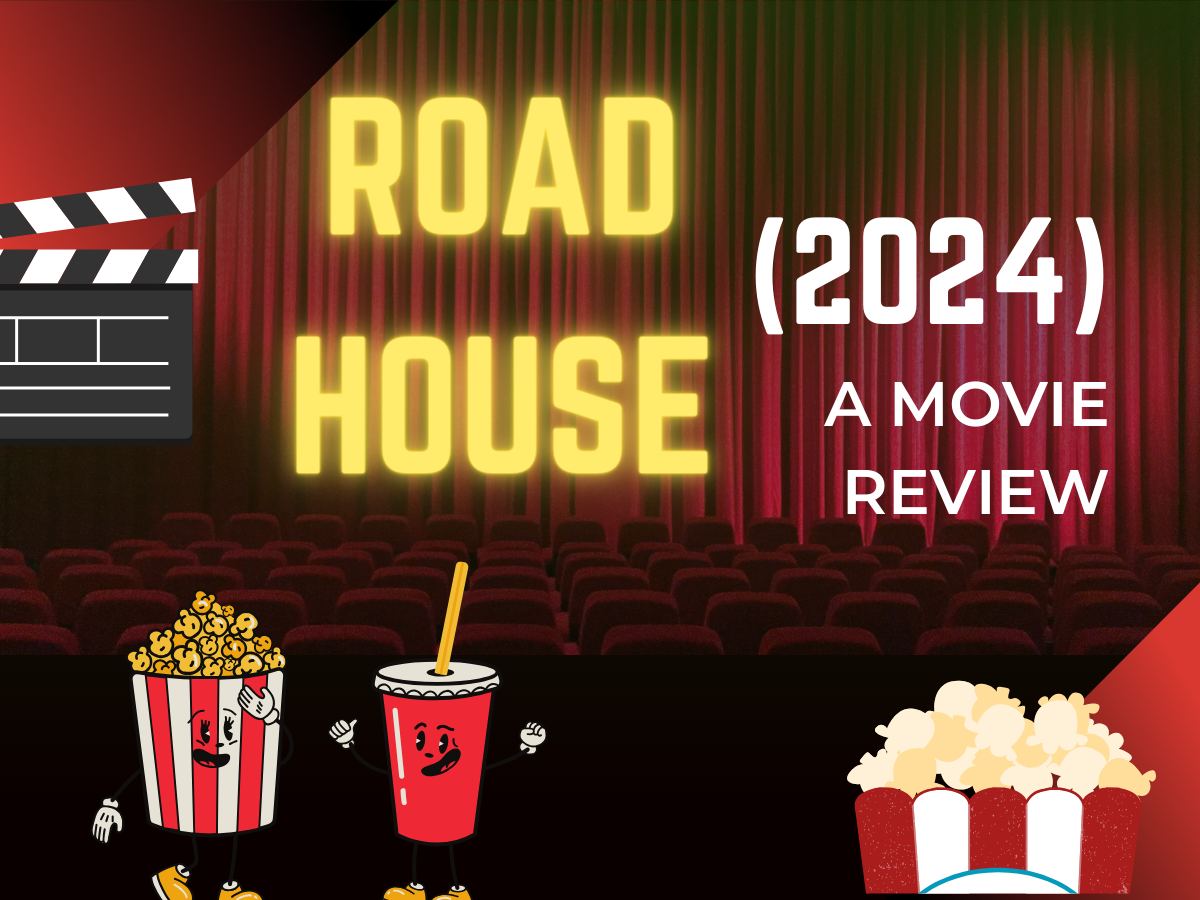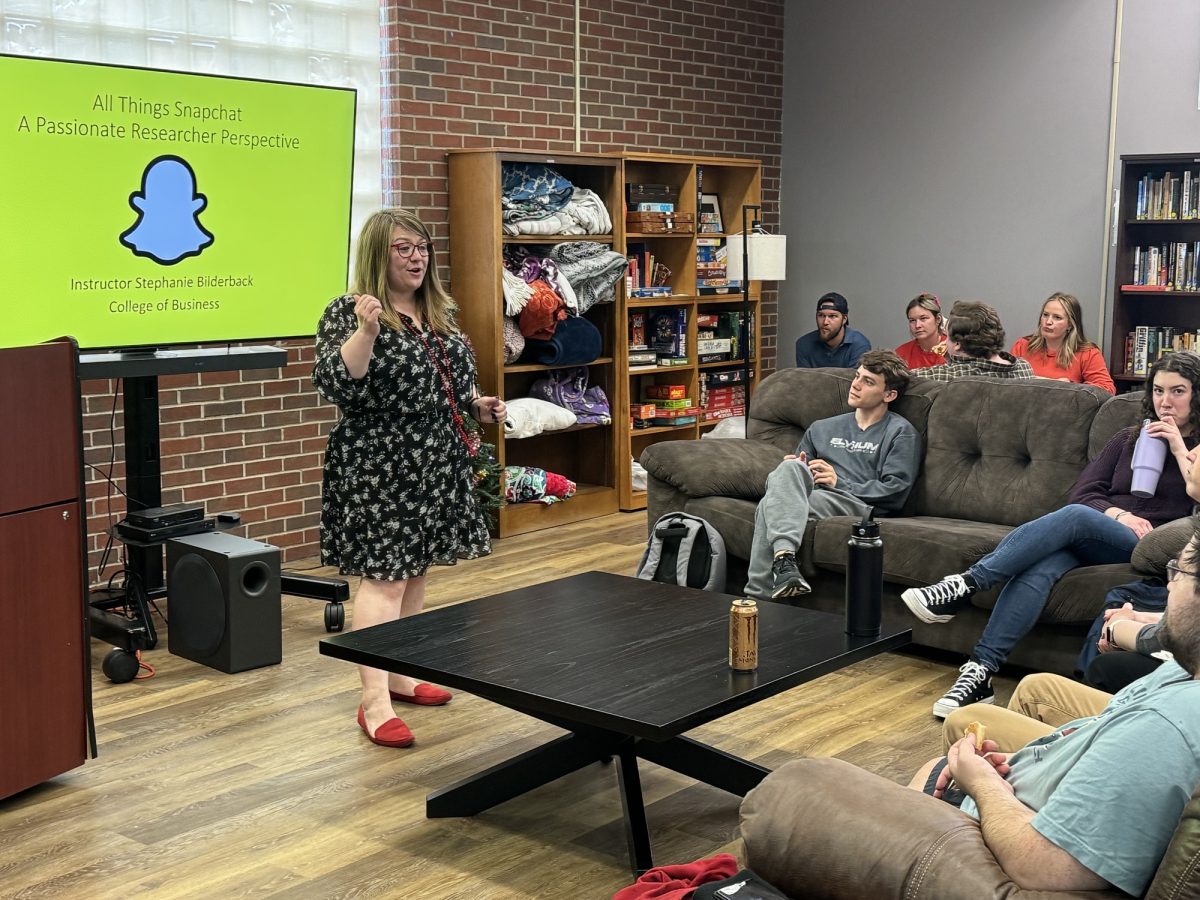JOCELYN NOVECK
AP National Writer
“Reclusive.” Is that an adjective, or is it actually part of J.D. Salinger’s name? The word has been used so often to describe the famous writer, one could be forgiven for thinking it appears on his birth certificate.
But there’s obviously much more to the story of “reclusive author, J.D. Salinger” than the way he withdrew from public view and publishing and spent much of his life in Cornish, N.H., where he was frequently pursued by avid fans. One of the more entertaining tidbits in “Salinger,” the exhaustive, exhausting and overly hyped new documentary by Shane Salerno, is the account of one of those fans, who made the pilgrimage and clearly felt he was owed more time than he was granted.
“I’m not a counselor,” Salinger said, finally. “I’m a fiction writer.”
It would have been enough if “Salinger” had merely explored that one idea: How much did this writer, after capturing the world’s attention with “The Catcher in the Rye,” owe us? Did he owe us a sequel, a novel every few years, or his presence on talk shows, with opinions on the issues of the day? Did he “owe” us more than he gave, before his death in 2010 at the age of 91? It seems many felt that way.
But Salerno, until now best known as a screenwriter for “Armageddon” and “Savages,” spent nearly a decade researching Salinger for this project, which includes a 700-page book and a TV documentary. And he had enough material, clearly, for five different films: “Salinger and his Wartime Past,” ”for example. “Salinger and his Women.” ”Salinger and His Struggles With Fame.” Instead, he took a kitchen-sink approach, and while the film moves quickly for its 120 minutes, that approach blunts its impact.
Take, for example, the mere number of voices here. Though arguably the two most important people — Salinger’s children — did not cooperate, it seems most anyone else did. And so we have fellow authors, literary folk, historians, former lovers, acquaintances, and fans all having their say. Some have fascinating stories indeed — as in the wartime buddy who tells how Salinger arrived on the Normandy beaches on D-Day carrying in-progress chapters of “Catcher.”
Others, including Martin Sheen, John Cusack, Philip Seymour Hoffman, Ed Norton or director Judd Apatow, are there to describe the impact Salinger’s work had on them — with mixed effect.
And one thing the director might certainly have jettisoned, in addition to a sometimes excitable score, are the needless dramatizations — an actor on a stage, pounding at a typewriter, or a neglected child knocking fruitlessly on the door of Salinger’s work cabin.
For those not already well versed in all things Salinger, there’s absorbing material on his wartime past: the amount of time he spent in combat, his counter-intelligence work, and the breakdown he suffered later, after witnessing death-camp horrors.
On an entirely different note, there are amusing anecdotes about his aversion to selling out, particularly to Hollywood. “Tell Billy Wilder to stop calling me!” is one memorable quote.
There’s also much on Salinger’s affinity for younger women. Yet again, the material — though like much here, not all of it new — is undeniably interesting, like the account of Jean Miller, whom he met when she was 14. But some of it will make some viewers feel queasy, and wondering if he deserved such scrutiny.
Of course, there’s the finale: A revelation, two hours in coming, based on anonymous sources, that there’s a trove of new Salinger works to be published, according to his detailed instructions, starting in 2015.
To which we can only say: Well, that would be amazing. But who knows? We can only wait and see.
“Salinger,” a Weinstein Company release, is rated PG-13 by the Motion Picture Association of America for “disturbing war images, thematic elements and smoking.” Running time: 120 minutes. Two and a half stars out of four.
___
MPAA definition of PG-13: Parents strongly cautioned. Some material may be inappropriate for children under 13.
Contributed by Bridget Campbell






